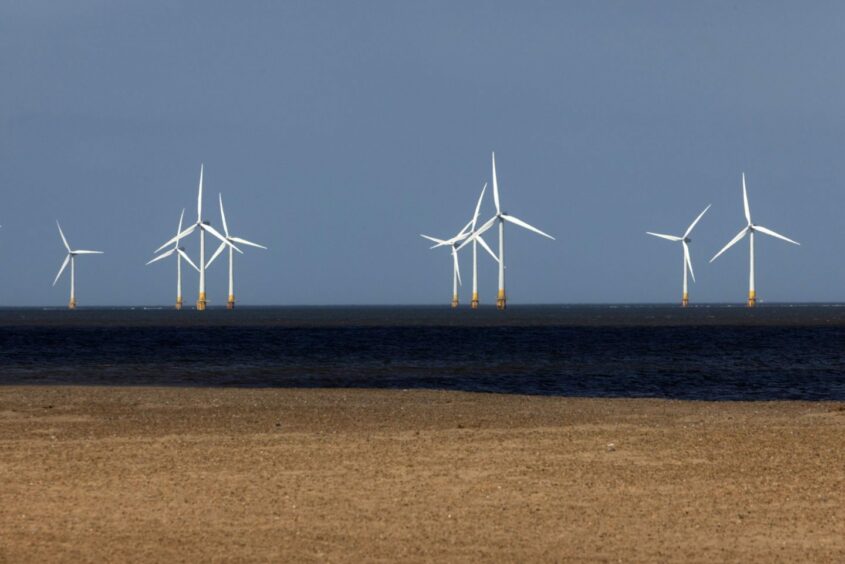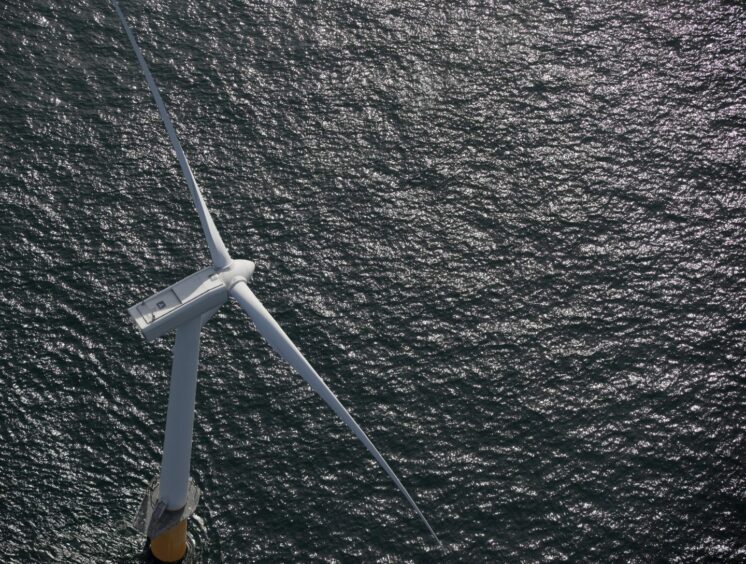
The International Federation of Consulting Engineers (FIDIC) announced earlier this month that they have begun work on a new standard contract form for offshore wind farm projects. A committee of experts including engineers, contractors and project specialists are working to produce the new contract, likely by the end of 2025.
Similarly, the International Marine Contractors Association (IMCA) recently published a set of 28 contracting principles for the sector to follow and is campaigning for the agreement of a standard form, with an eye to the successful agreement of the LOGIC forms by the oil and gas industry in the 1990s. These developments are to be welcomed, though it remains to be seen how long this process will take and whether the resultant standards will be embraced by the industry.
Traditionally, the 1999 FIDIC Yellow Book has been most heavily used in offshore wind projects (and it is indicative of the industry’s reluctance to change that the 2017 version has struggled to gain traction), with variations of LOGIC or IMCA forms also all being adapted to suit the very different risks and responsibilities of complex offshore construction projects.
FIDIC in particular was originally designed for land-based projects and accordingly requires significant amendment to work offshore (most notably with respect to the impact of weather, allocation of liability, warranty provisions and the use of a marine warranty surveyor, soil conditions, and the liquidated damages regime).
There also remains significant differences in the approaches of energy companies experienced with the standard oil & gas forms, and those coming from onshore projects which have very different risk profiles. The lack of a standard form for offshore wind projects has meant that many companies operating in the sector have already developed their own, bespoke, versions of these forms, with widely varying levels of success.
As a result, there is accordingly little consistency and significant risk of interface mismatch. Negotiating and amending these contracts is a time consuming and costly process, and one which needs to be slimmed down if the speed in which turbines can get in the water is going to increase.
It is notable in this respect that FIDIC have stated they intend their standard form to be “flexible, adaptable and suitable for various offshore wind farm project locations, requirements and delivery methods and enable proper interface and alignment between the main contract(s) and subcontracts.” While it is encouraging that this recognises the reality that each project will be unique, it does reinforce the obvious point that even the most perfectly drafted standard form will still require adaptation on a case-by-case basis. Nevertheless, this process can be significantly streamlined if the wording of the standard forms has been properly thought through.

Speaking with a range of contractors at recent offshore wind conferences, it is also clear there is growing concern that they, and others further down the supply chain, are currently being pressured into accepting substantial risk and liability from head contracts which are entirely out of their control, and way beyond their ability to absorb.
There have been a number of incidences over recent years where losses have been allocated to parts of that chain which simply cannot handle it, with resultant negative impacts both on the project and the supply chain itself. These issues will be only more problematic in the nascent floating wind sector. There the added complexities of new and untested technology, and smaller players seeking to break into the market, means there is even more reason for parties to try and work collaboratively and reasonably, with an eye to the longer-term goals rather than simply seeking to negotiate a “win” on a contract which offloads the risk on others. It is in everyone’s interest that the allocation of risk is logical. Things which a contractor cannot control (say, for example, certain permits or weather) should not be for its account.
Similarly, in rapidly developing industries, projects change, and the contractual variation processes (which are notoriously tough on contractors in the standard FIDIC forms) need to reflect the stage of the market’s development in practical and appropriate ways. Payment terms may also need to be adapted to suit the cash flow requirements of those down the supply chain. The sector needs to help newer companies find their feet and become more firmly established if the current supply bottlenecks are to be loosened.
Standard forms which reflect these realities, and which are drafted with input from employers and contractors, should be welcomed by the industry and will help provide reliability and standardisation (something much appreciated by investors). However, this will also require in-house contracting teams to take the risk of stepping out of the comfort zone of their more familiar home-grown approaches, and potentially take a risk with contractual wording which has not been tried and tested. Whether there will be an appetite to do so, remains to be seen.
Recommended for you

 © Supplied by Haynes Boone
© Supplied by Haynes Boone